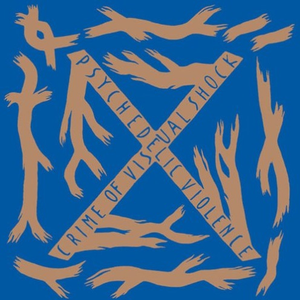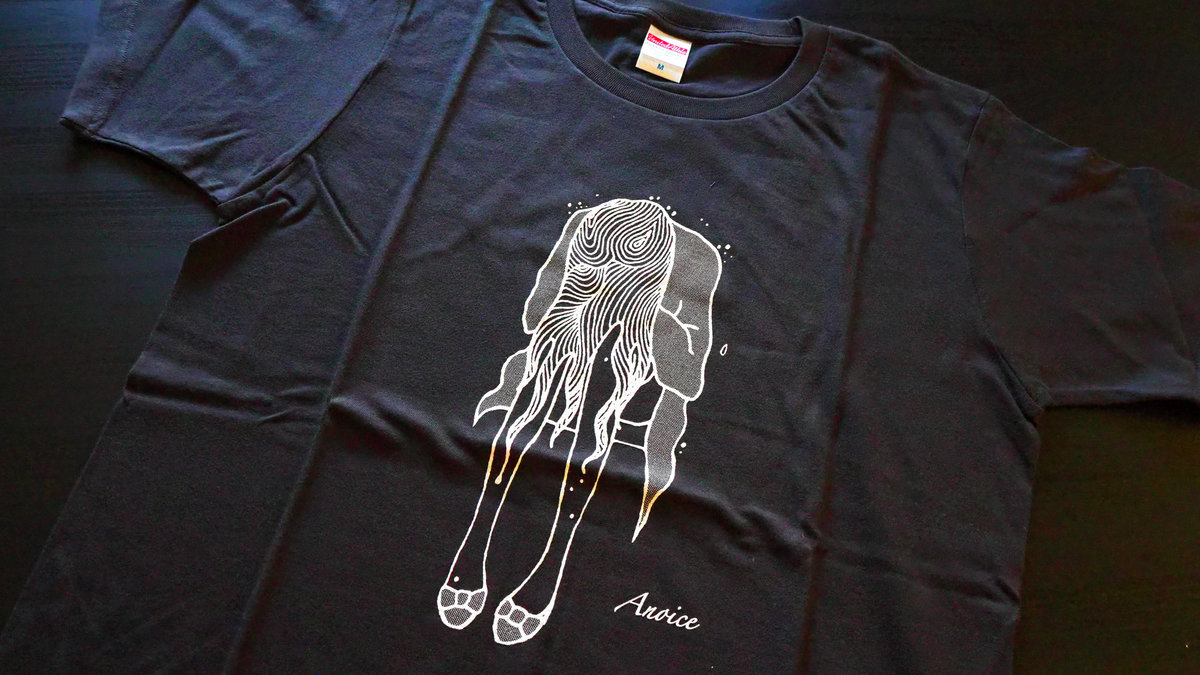
In the end – as portrayed by Shinto on the back cover – the weeping woman rises, head upright, as if to say, I no longer need to be protected from the things of this world. The only drops now are from buckets and ceilings.

What characters will be written on this catastrophe, what lines will embrace its lineage? In the opening bars of “Drops”, a shift: the last tears, the last drops, the last ripples, the last advancing tide and the trains begin to run again, and the marching band begins to march. The scroll is calling for a scribe, the ink for a brush. But “White Paper” intimates a blank slate, a future yet unwritten. The rain is made audible two tracks later: a combination of elements associated with life, twisted by radiation to its opposite. A hint of circus melody is carried on the breeze, a phantasm of better times. Even “Ripples” ends before it’s over, as if lacking the strength to finish. And then everything slows down, like a clock losing energy after its owner has died. “Colder Than Thermite” exemplifies this approach, stalling to silence at the midway mark, giving way to distant, mournful organ. And yet there is great yearning in these sullen sounds: a violin that wishes to raise her head to heaven, a piano afraid to pause for fear the tears will erupt. The Black Rain withholds answers, preferring to dwell in the land of the buried in order to translate their voices.

This is not the Anoice of love and laughter this is an Anoice living in the shadow of destruction. The effect is unsettling, especially as radio transmissions and dark strings extend a very uncertain safety net. She seems to be asking, “Why?”, not caring who hears or what response they might provide. Like its cover, the album is darkness and light, despair and hope, enigma and interpretation: a possible reflection of a nation emerging from its largest victimization in over half a century.īea’s operatic vocals, which appear in both the prologue and the finale, are a bit unhinged, stretching for consolation through lament and lifted prayer. The Black Rain screams concept album, but invites listeners to decipher the concept. Is this the black rain that fell after the bombings of Hiroshima and Nagasaki, the fallout from the 2011 reactor meltdown, a metaphor for the fears of an embattled nation? The video for “Finale” seems to imply the former, but while this suggests the title’s origin, it only hints at its current context.
#Anoice the black rain rar full
The blackness of night is countered by the glow of the full moon, miraculously visible despite the covering of clouds.

The broken land in the foreground is balanced by stable architecture in the background: a tower, a steeple, a town. We see a weeping woman on a cliff, her tears mingling with the rain and the flood. Yoko Shinto’s cover illustration is incredibly beguiling: simultaneously dark and light, mysterious and accessible, a treasure trove of associations.


 0 kommentar(er)
0 kommentar(er)
